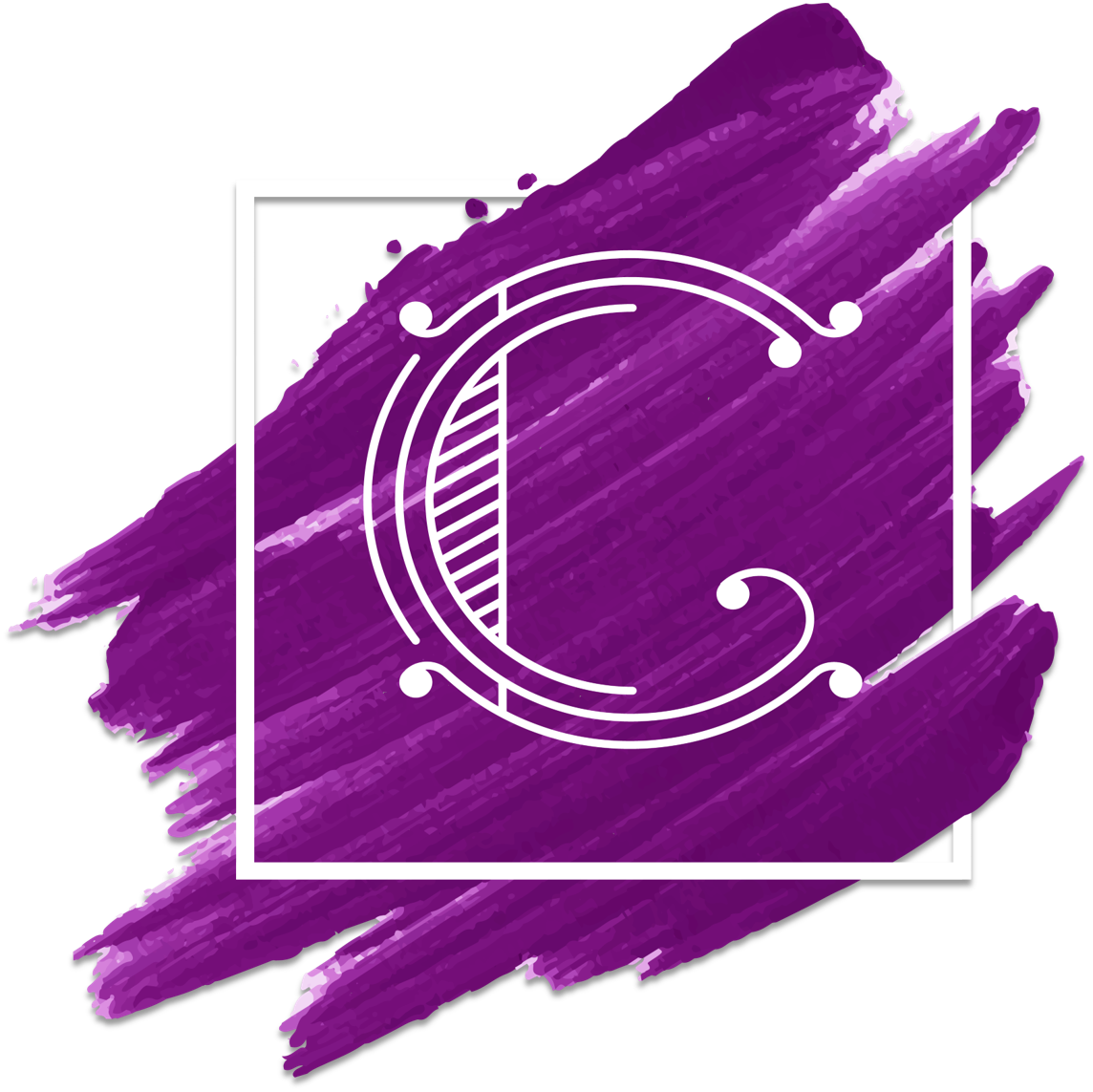Librettist and stage director Bea Goodwin shares about her latest creation with composer Felix Jarrar: TABULA RASA, a new jazz opera that tells the feminist story of model and muse Kiki de Montparnasse, one of the most iconic women of 1920s Paris.
May 4, 5, 11, and 12th @ 8pm
Blue Building
222 E 46th St., NYC
Why did you want to write an opera about Kiki de Montparnasse? 1920s Paris was such an artistically rich time; what makes Kiki stand out from all the others?
I was drawn to Kiki because of her enigmatic yet energetic presence in Man Ray’s work. It lead me to question who truly creates the art—the artist or the muse?
Kiki was such a free spirit and the heart, soul & liver of Montparnasse. She stood out from the others because she wasn't just a face in the crowd and she wasn't just a model- she was an artist, a singer, a memoirist….an icon.
How does the title, Tabula Rasa, fit into Kiki's story?
The title serves a purpose on a multitude of planes. First and foremost being that during the course of my extensive readings on the couple, I came across a plot point that colored my entire perception of their relationship; I just couldn't shake it:
Man Ray used to shave off Kiki’s eyebrows and turn her face into what he needed it to be for his work. It instantly brought me back to the old Latin phrase Tabula Rasa which most people translating confuse it to mean "blank slate." But it translates to "erased slate." The fact that something was there before and then it was not truly stuck to me. The central conceit of the show is Kiki’s identity being compromised for her boyfriend’s art, and it seemed like a very fitting parallel and title.
The whole movement is the DADA art movement, which Tzara explains is “born from crisis!” Dada itself is a tabula rasa, because they are erasing all the still life that came before them and are redefining arts accessibility and place in the world.
Tell us a little about your writing process with Felix. You've already written several works with him; is your process similar each time, or how has it changed as you continue to collaborate? How does your previous work with him influence the way you write?
I would say its always different, but I can't necessarily explain as to why. I see our process differ even within a single piece! When we worked on Songs of the Soul Beams, a good portion of it he sent me music to inspire me, and the rest were poems I wrote that he set and was inspired from.
Photo credit: John Stetch
Felix was present at each libretto read through and dramaturgical discussion. He got a chance to hear the feedback I was receiving as a playwright and that therefore facilitated the discussion of how we can solve these exposition/character problems through orchestral music.
Felix has worked with me not only in a writing capacity, but as a stage director as well - that's how we met. So he kind of understands me artistically on several different planes; in my vocabulary, in my visuals. I think it's a very different creative relationship because we kind of build the world together. I dictate who the people are in that world and what they need to feel and say to move the story and Felix breathes life into it. It's very personal.
Several central figures to the French Dada movement appear in Tabula Rasa. How does Dadaist art influence both words and music in this opera?
Photo credit: Joyce Yin
Oh Dada is one of the main characters in the story, for sure.
I became so intrigued with this movement because we are arguably living through it again, right at this very moment. Dada is absurdist art born from political and societal unrest.
I adapted lots of ideas and thoughts from each artist’s Dada Manifesto and wove them into the libretto. I also would write an entire page of different variations of the word DADA & just let Felix have fun!
The “Rules of DADA” number is one of my favorite moments in the show- the guys are just bursting at the seams; their spirit is infectious that you just want to get up and MAKE SOMETHING!
Photo credit: Joyce Yin
What do you think makes this work unique? What do you hope the audience gains or understands from seeing Tabula Rasa?
I think this work is unique because it's so rich in exposition while still maintaining amazing melodies and music. Kiki and Man Ray’s story is so interesting — clumsy and passionate, we had so much there already. It was taking their hands out of history and giving them life that has been so rewarding. Every single performer you will see is so invested in their historical counterpart, deeply giving homage to their contributions in art and in their lives. This is what makes the work so special.
Of course I want the audience to see how strong of a woman Kiki is and how she takes her fate into her own hands and realizes her worth. But I also want the audience to note that Man Ray is not an evil man trying to change a woman— he is someone trying to figure out his contributions to this new artistic Renaissance and he gets a little manic and awkward — and that is a theme that a lot of performers/artists can very much identify with.
I truly think the audience will leave with a very warm feeling inside, especially after the ending. It brings tears to my eyes. But you’ll just have to see for yourself!
Photo credit: Joyce Yin








